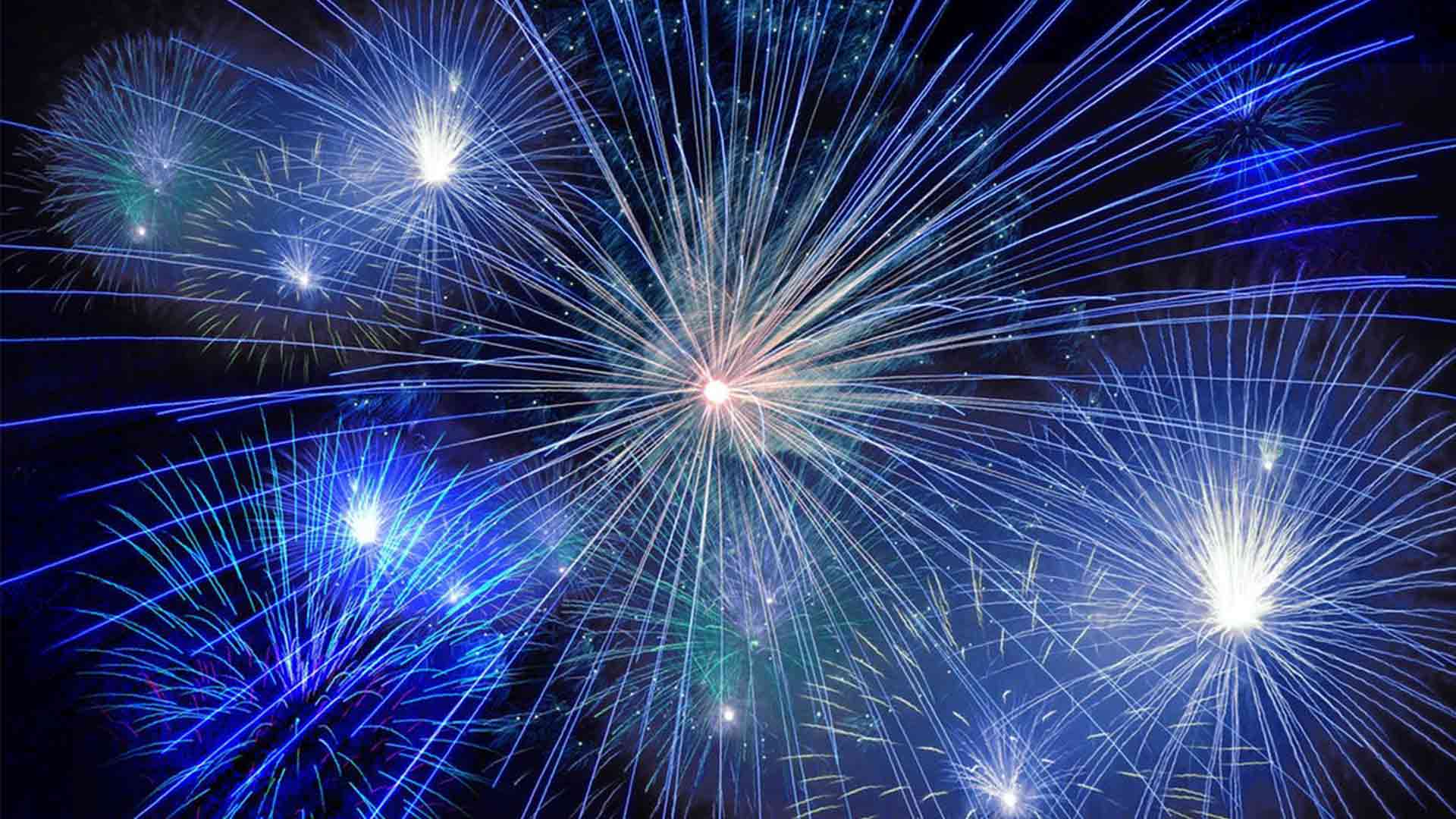Illuminating the night sky
The weekend is upon us and there’s one thing that will definitely be on the agenda here in London and across Great Britain: ooos and ahhs.
I did think twice about writing a post that’s related to fire: I don’t want to appear obsessed with the subject, considering that last year I wrote about Diwali, the Indian festival of light. But I guess I live under the impression that all sorts of twinkles reveal a charm that is totally captivating, and with fireworks, everybody tends to huddle together, gazing up at the stars waiting for the magic to start.
Back in August I went on a trip to Edinburgh and luckily, without expecting it, on the very last day of the famous Fringe festival thousands of fireworks exploded in the sky, above the Castle, as a closedown party for the event. It was stunning and such a wonderful thing to come across.
This experience in Scotland took me back to a fond memory I have about a firework’s display at a cousin’s wedding (in Panticosa, Spain) when I was a teenager. Surrounded by spectacular scenery, the day’s grand finale took our breath away – the sparkles reflected in the water at the same time as the mountains helped echo the sound. It was mind-blowing.
All of this got me thinking about “fireworks” and what they’re all about…
To put things in context, I should mention where the term comes from. What we know as fireworks is specific terminology of “pyrotechnics”, which stems from the Greek words pyro (fire) and tekhnikos (made by art). Nowadays pyrotechnics is the use of materials that are able to undergo self-contained and self-sustained exothermic chemical reactions for the production of heat, light, gas, smoke and / or sound. Fireworks as such are a specific driven effect that produces flames, smoke and flashes and they are used for aesthetic and entertainment purposes.
Fireworks came on the scene in 200 BC thanks to China: bamboo was thrown on a fire and because air expanded inside the reeds they exploded, and basic fireworks came to be. (It was decided that they’d be used to scare away the evil spirits.)
It wasn’t until the medieval period in the 7th century, when the Chinese accidentally discovered a natural application of gunpowder (one of the “Four Great Inventions” of ancient China) that an alternative to the original, natural firecracker was found. These early fireworks burnt in petal shapes of white and gold, the natural tints of sulphur, charcoal, potassium and nitrate.
When Westerners explored “skyrockets”, they immediately recognised the military potential of the explosives, which were then used as reference for weapons. But soon they were also using them for explosive displays – celebrating victory or peace.
Marco Polo imported the formula to Italy, making his homeland the firework’s capital of the world for centuries to come. In fact, the Italians were the ones who added iron filings to the mix allowing them to spread out in a stream of fire.
So how does the firework magic work? What’s actually launched into the sky forming the mesmerising displays? Well, there are three main components: a shell, an explosive and a fuse. The fuse, by means of a flame or an electrical match, breaks the chemical bonds in the combustible material – all the energy that’s stored in the bonds is then released. Different metals such as aluminium, iron, steel, zinc or magnesium dust are added to create bright, shimmering sparks because these metals absorb energy from the explosions and emit colour. Different metals create different colours when they ignite – for example, barium goes green, calcium salts go orange, magnesium goes white, copper is blue, lithium turns red and sodium becomes gold. Pyrotechnic “stars” comprised of these chemicals are typically propelled into the sky using an aerial shell, which is the element that holds everything together.
What is it about fireworks that makes them so special? Actually, not everyone likes them: dogs whimper, cats hide under the bed, birds become so startled they get disoriented and fly into things. But humans? We seem to enjoy watching them launch up into the black sky – perhaps because of their scale, maybe it’s the contrast or because it feels like the sky is igniting, or maybe it’s the noise or the wow factor, or maybe they’re just something fleeting that disappear in a matter of seconds. Blink and you will miss it!
It’s beyond measure how many festivals and celebrations there are around the world. From New Year’s Eve and Australia Day in Sydney and the National Mall Fourth of July Celebration in Washington DC, to Diwali celebrations around India where places like Amritsar with the Golden Temple provide the perfect background.
Then there’s Paris where above the Eiffel Tower they commemorate the French Revolution and the storming of the Bastille, Japan has the Katakai Fireworks Festival and in Quebec, Canada there’s the Montreal International Fireworks Competition, which takes place annually.
And let’s not forget London, where the New Year’s Eve fireworks along Victoria Embankment have become a major event and of course there’s Guy Fawkes Night / Bonfire Night, happening this Sunday (here’s a list of events in London), where we’ll be sporting our sparklers, and as the rhyme goes: “Remember, remember, the Fifth of November Gunpowder treason and plot. I see no reason why gunpowder treason should ever be forgot”.
Blog post by Sara Tobalina del Val


